DIY Hi-Fi Vibration Control with Ball Containers
A ball container damper is a Finnish innovation designed to improve the sound quality for every music lover. The vibration control solution presented here differs from all others in that it is intended as a do-it-yourself solution, for which we provide free instructions and a paid application essential for the optimal functioning of the solution.
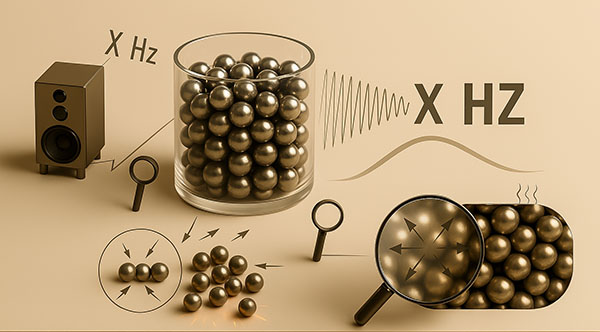
In particular, the kinetic energy of vibrations at the resonance frequency and nearby frequencies is converted into heat through various types of friction. Hence, the emphasis in damping is on the longer and more energetic wavelengths, which lie below the audible range.
Contents
- Balls convert kinetic energy into heat
- Easy and inexpensive to make yourself
- Hi-Fi Damping Calculator Apps
Ball container dampers effectively prevent all kinds of microvibrations, vibrations, and shaking that:
- Originate within the device itself
- Are transferred to the device through structures (e.g., the floor), power cables, signal cables, or equipment furniture
- Are transferred through the air (e.g., via sound waves generated by the speaker)
The audible benefits of ball container dampers can include, for example:
- More accurate bass reproduction
- Better volume level dynamics
- New, previously concealed details in music
- A more natural tone for vocals and instruments
Thus, ball container dampers effectively reduce unwanted vibrations, positively affecting both the audio device and the entire system’s performance.
In audio applications, this subsonic motion control is important because it reduces the mechanical energy supply transferred to the rest of the audio equipment through structures. Thus, microphone effects, “singing” capacitors, and other disturbances are also reduced in the audible range, even though the actual damping is targeted well below the hearing range.
Operation
By its own weight and vibration, the audio device produces a force (vibration energy) against which the balls in their container act.
- The balls follow the vibration and convert it into heat
- The damping works in 360°: horizontally and vertically in all directions
- The number of balls and their mobility must be correctly dimensioned:
- The total mass of the balls and the internal friction generated by their collisions must sufficiently counteract the device’s force.
- A heavier device needs more balls to effectively absorb and convert vibration energy.
- However, too many balls can make the structure too “dense” or rigid. In that case, the movement of the balls is hindered, and damping is reduced.
It can be said that the goal is balance: the balls receive sufficient kinetic energy and can move freely enough to convert it into heat.
Balls convert kinetic energy into heat
- Production of kinetic energy:
- The energy used in the vibration is stored in the balls, which are accelerated into motion.
- In each collision, some of the stored energy is dissipated, and in theory the balls can collide an infinite number of times in a finite time.
- Conversion into heat:
- Friction arises in the internal molecular structure of the balls, where the kinetic energy is converted into heat.
- A similar phenomenon is seen, for example, when hammering a nail: when the nail’s head is struck to drive it into wood, it heats up.
- Precision-machined balls:
- To allow the balls to collide as smoothly as possible without excess friction, they must be shiny and smooth.
- A smooth surface minimizes abrasion and enables more controlled collisions, where energy is converted into heat efficiently.
The damping is tuned to the common natural frequency of the device and the dampers
The damping solution is made so that the common natural frequency of the device and the dampers is, for example, below 2 Hz. By lowering the common natural frequency, its influence on higher frequencies, such as those in the human hearing range, is reduced.
It is necessary to understand the device’s vibration and other unwanted, undesirable vibration as separate from the desired musical vibration. Ball container damping helps with all unwanted vibrations, especially those near the device’s basic resonant frequency, and then indirectly affects musical frequencies.
Easy and inexpensive to make yourself.
The same solution is suitable for vibration damping by varying and scaling it for many applications, both underneath and above. It can be made according to your budget and aesthetic or other quality preferences. When placing them both underneath and above, make sure any ventilation holes are not covered.
Recommended materials:
- Containers: Cotton and/or thin leather, as they do not generate static electricity, as well as pressed cardboard boxes in cylindrical, oval, cubic, rectangular, or hexagonal shapes.
- Balls: Precision balls, such as 4.5 mm or 5.0 mm air rifle pellets, which are affordably available.
Instructions:
Hi-Fi BallPack damping instructions
REW instructions for measuring the effect of damping
Vibration meter instructions for measuring the effect of damping
With this application, you can choose the appropriate ball damping solution for your audio equipment. Based on the application’s recommendations, you can obtain suitable ball containers to your taste, as well as the correct number of balls, and assemble the dampers yourself cost-effectively. The application is given the weight of the device to be damped, how many and what shape (cube, box, cylinder, pouch) the ball containers (usually 3–4) will be, and the ball diameter. The result provides detailed information such as the number and weight of balls per container, as well as the net volume of the container and dimensions according to the chosen shape.
Hi-Fi Damping Calculator iPhone/iPad App
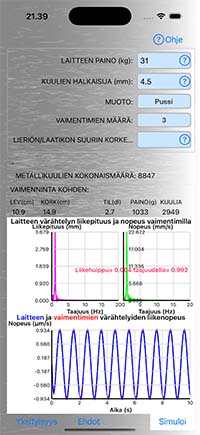
- Price: 39.99 EUR
- The Hi-Fi BallPack -vaimennuslakuri App is available in Apple’s App Store.
Hi-Fi Damping Calculator Android App
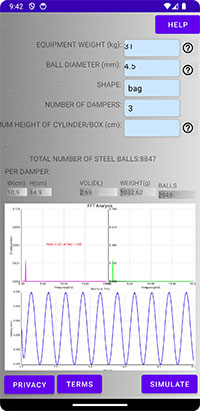
- Price: 39.99 EUR
- The Hi-Fi BallPack -vaimennuslakuri App is available on Google Play Store.
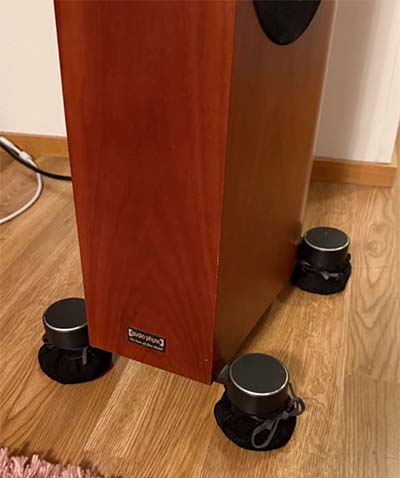
Damping solution under large speakers
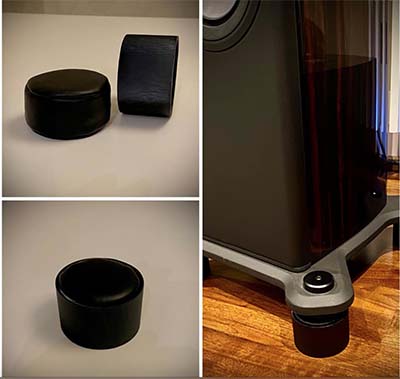
A cylinder made of leather with a decorative feature under large speakers
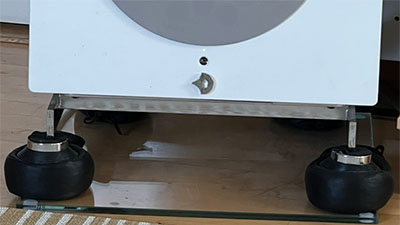
Damping solution under large speakers
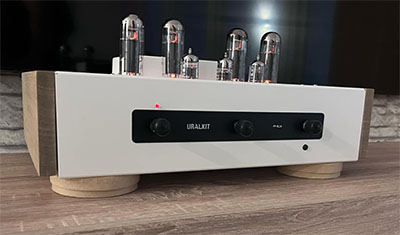
Effective damping solution under a tube amplifier
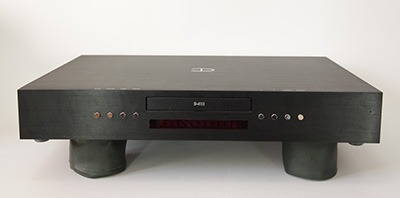
Damping solution under the CD player
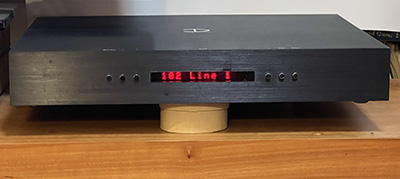
Damping solution under an integrated amplifier
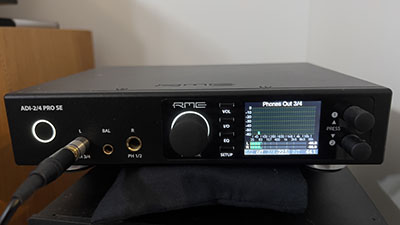
Damping solution under a D/A converter
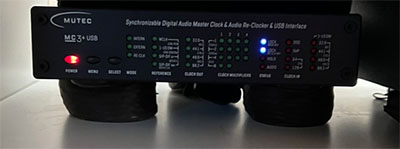
Damping solution under an audio clock
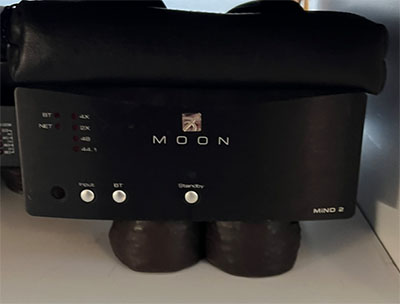
Damping solution under a network player

Damping solution under an amplifier, computer, and speaker
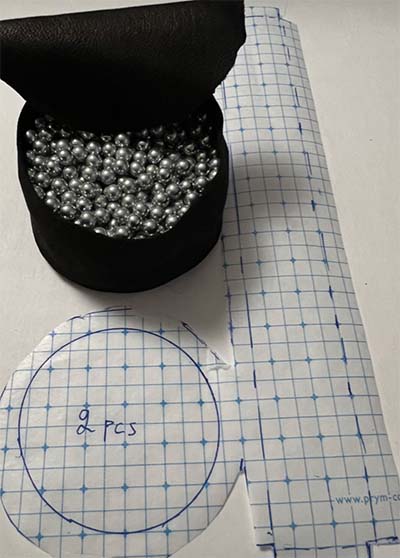
Model and templates for making a cylindrical damping solution
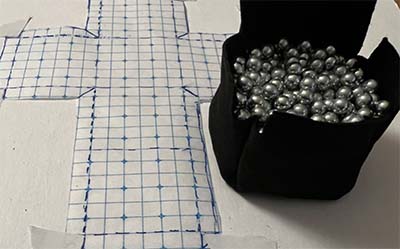
Model and templates for making a cubic damping solution
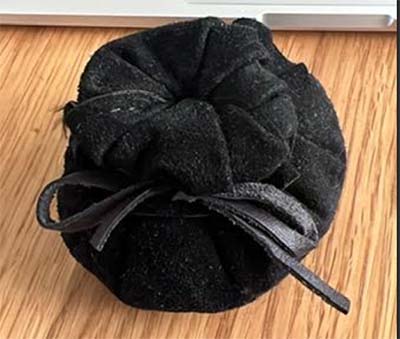
A damper made from a leather coin purse
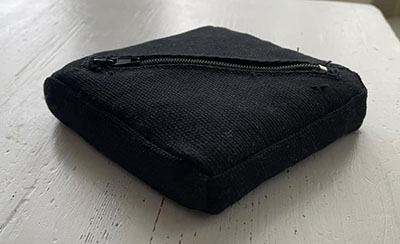
A damper made of cotton
If you can’t find what you’re looking for or need a customized damping solution, contact us, and we’ll be happy to help!